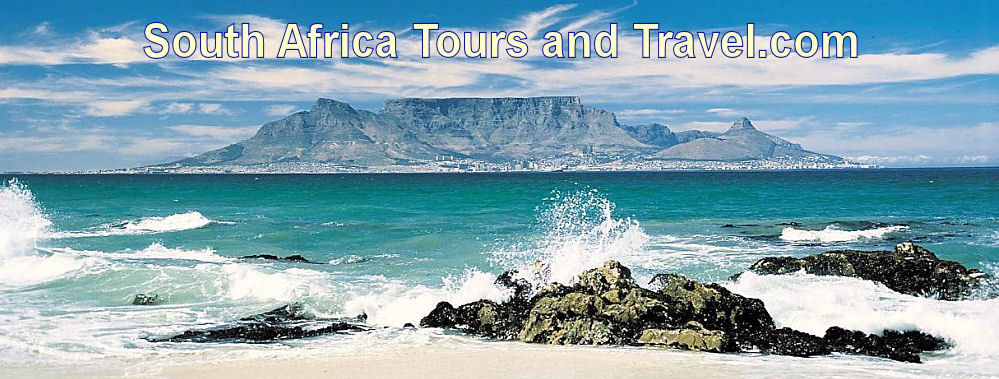-
You are here:
Home
›
-
South Africa's cities
›
-
Johannesburg
›
-
Johannesburg's history
The city of Johannesburg South Africa
history in a nutshell
The City of Johannesburg South Africa 's history
starts with the first known inhabitants of the region, the San people or bushmen as their
descendents are called nowadays. The San were the original inhabitants of the region, long before
the Bantu people arrived from central Africa during the southern migration.
They were hunter-gatherer nomads with a stone age culture, who moved from place to place to
find pasture and food. Although they were carrying all their belongings with them, including
simple shelters, they preferred to take refuge in caves whenever these were available. It is
because of this that we know so much about them and about their history and culture.
The San left behind a treasure of valuable artefacts, for the most part in the form of numerous
rock paintings on cave walls and rock faces that have survived the teeth of time. They are also
to be found in Gauteng not far from Johannesburg.
Thousands of years of relatively peaceful existence of the indigenous San people came to an end
when the Great Southward Mass Migration of the Bantu people took place. Over a period of roughly
2000 years, large populations of bantu people have been slowly migrating from central Africa to
the southern regions of Africa, the first waves arriving in South Africa about 300 AD.
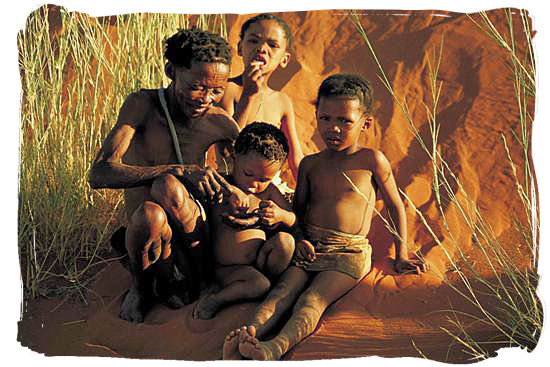
Bushmen family, the true descendents of the San People
City of Johannesburg South Africa History, Culture, Museums
copyright © South African tourism
Eventually they spread out across the country and also towards the Witwatersrand region. The
first signs of their presence in the form of remnants of an ancient iron-melting furnace dating
back to about 1060 AD were found on Melville Koppies, a small nature reserve in the heart of
Johannesburg.
Towards the 18th century, a thriving population of Sotho and Tswana speaking people had settled
themselves in the Gauteng province (including Johannesburg and the Witwatersrand), and most of the
Limpopo and Free State provinces, having driven away the indigenous San people in the process.
Over the same period another large throng of migrating black tribes, called the Nguni speaking
people, had moved south into South Africa following the eastern and southern coastline, settling
themselves in what is known today as KwaZulu-Natal province and Eastern Province.
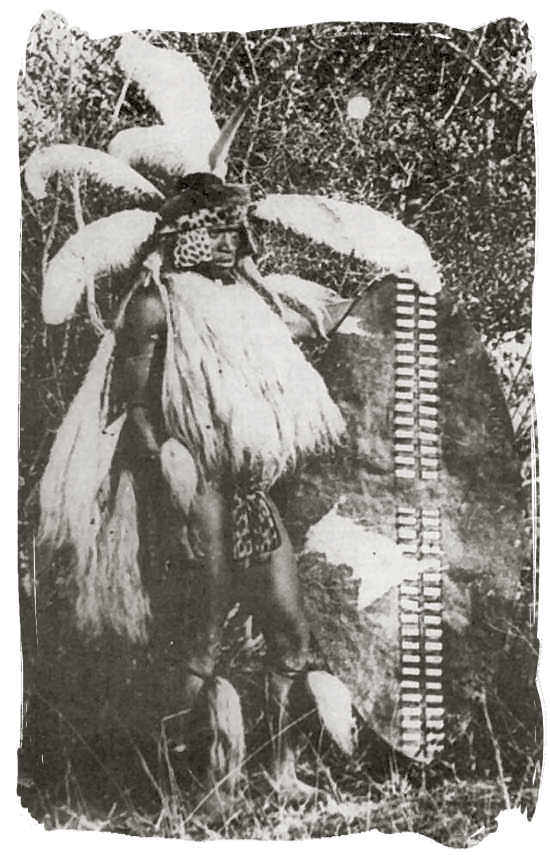
19th century picture of a Zulu warrior, not long before the Witwatersrand gold rush
City of Johannesburg South Africa History, Culture, Museums
The relatively peaceful existence of the people living in and around the Johannesburg and
Witwatersrand region came to an end when in 1823 powerful Zulu king Shaka ousted one of his
generals named Mzilikazi.
With his band of followers he moved to the Gauteng region, overpowering the resident tribes
and establishing himself as their ruler at what is known today as the town of Heidelberg, about
80 kilometres away from present days' Johannesburg.
For the next 100 years the johannesburg and Witwatersrand region would witness bloody tribal
warfare, the Anglo-Boer and Anglo Zulu wars, the discovery of Gold and the subsequent enormous
industrialization boom.
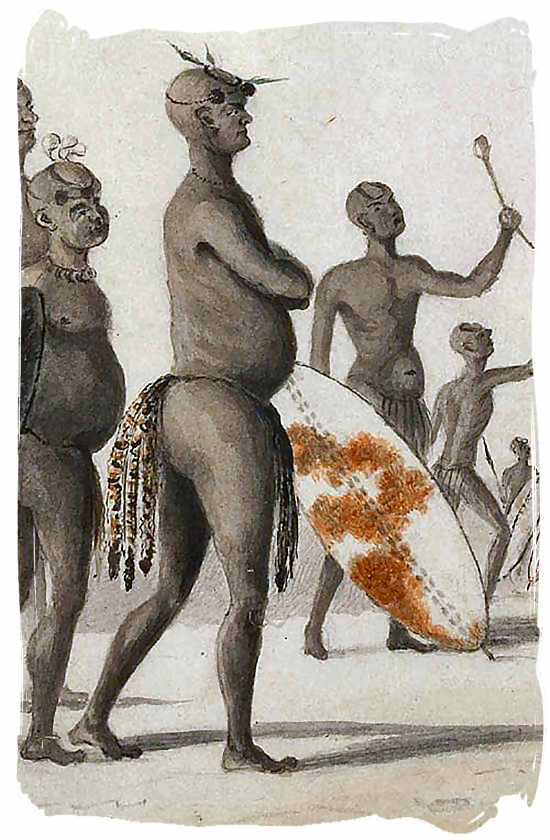
Watercolour sketch of Mzilikazi, king of the Matabele
City of Johannesburg South Africa History, Culture, Museums
In the early 1830s the Dutch speaking Voortrekkers arrived on the scene in pursuit of freedom
and independence of British rule and domination in the Cape Colony. With the support of the Sotho
and Tswana people, they got rid of Mzilikazi and his Matabele people.
They in turn settled themselves in the Gauteng region and beyond, establishing settlements in
Rustenburg and Pretoria among many others, claiming sovereignty over an area that included the
Witwatersrand region and what would become Johannesburg, which would eventually result in what is
known today as the South African republic (or more informally, the Transvaal republic), with
Pretoria as its capital.
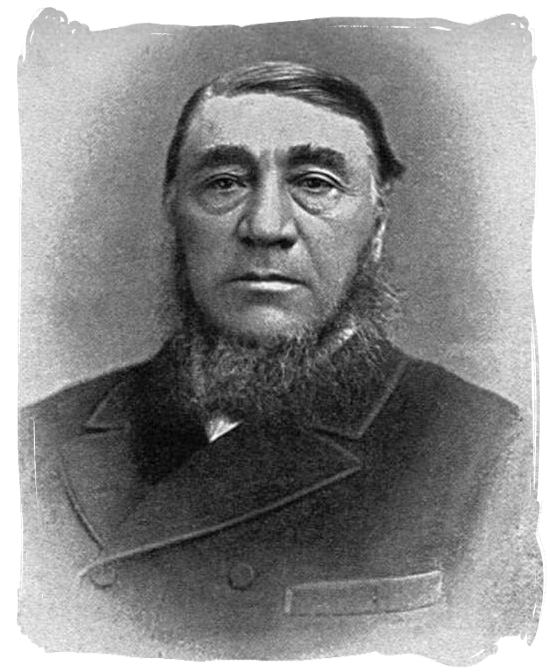
Paul Kruger president of the South African Republic(informally known as the Transvaal Republic) from 9 May 1883 - 10 September 1900
City of Johannesburg South Africa History, Culture, Museums
The year 1886 marks the discovery of one of the world's gold deposits near a small farming
settlement. A discovery that would transform this small farming community in to an enormous 3,5
million people metropolis in less than 125 years.
There were two finds, the first one was in 1884 by the two brothers, Fred and Harry Struben
who owned the farms Sterkfontein and Wilgespruit in an area that is now known as Roodepoort.
Although things looked promising at first, their mine Confidence Reef did not last more than a
year. It is believed that the second find by Australian prospector George Harrison in 1886 on the
farm Langlaagte, hit the jackpot. Langlaagte bordered onto the Wilgespruit farm of the Struben
brothers.
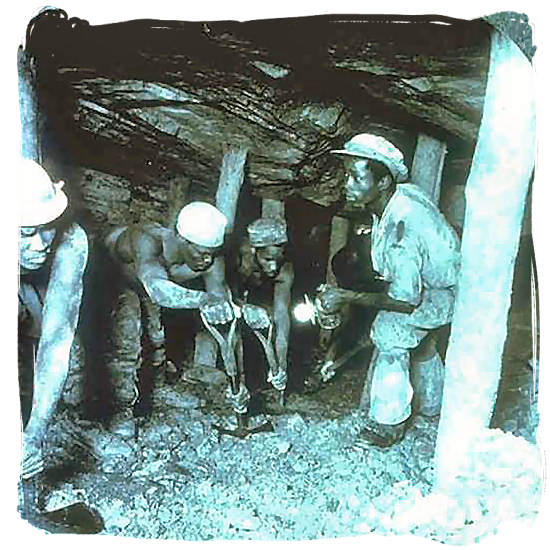
Picture of miners underground in a Johannesburg gold mine taken in 1935
City of Johannesburg South Africa History, Culture, Museums
The British smelled great richness for the taking beyond the Cape Colony region. The British
started meddling in labor affairs on the goldfields that resulted in the Jameson Raid, Carried
out by Sir Leander Starr Jameson and a band of Rhodesian and Bechuanaland policemen, with the
intention of triggering a labor uprising on the gold fields in order to take control of them.
It ended in a debacle and became the onset of the second Anglo-Boer war (1899-1902) and at the
end it saw the Boers going to their knees and the British take control of the Transvaal and Orange
Free state republics.
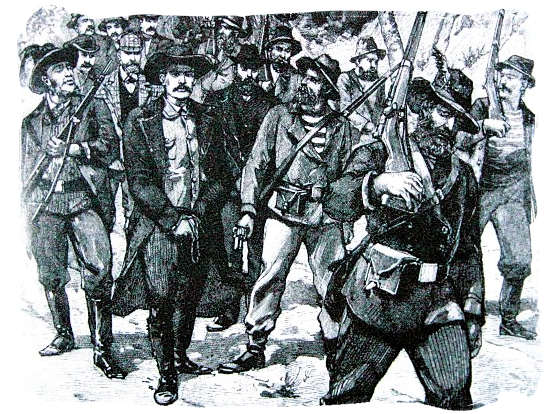
Sketch of the arrest of Leander Starr Jameson after the raid
City of Johannesburg South Africa History, Culture, Museums
Even though its life began in 1886, Johannesburg was declared a city in 1928. Despite the fact
that the records that explained why the name Johannesburg was chosen had disappeared, there is
little doubt that the city was named after somebody named Johann or Johannes.
It is generally believed that the town was named in honor of Christiaan Johannes Joubert, Vice
President of the Transvaal republic and Johann Rissik from the office of the Surveyor-General. In
1886 the year of the gold discovery both men played a key role in choosing the site that the new
mining town had to be built on.
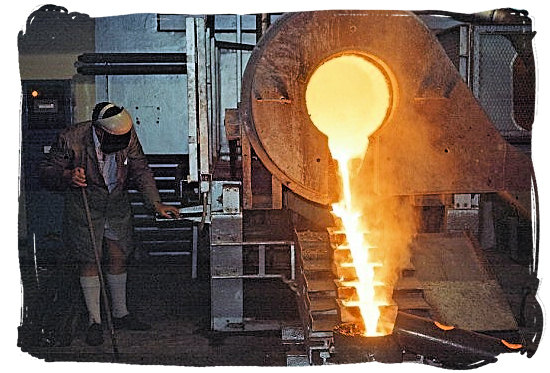
Gold being poured in a South African gold mine
City of Johannesburg South Africa History, Culture, Museums
United Nations Photo
The 1930s saw major construction developments taking place. The late 1940s and 1950s saw the
arrival of high-rise buildings in Hilbrow. The 1950s and 1960s saw the creation of a huge
conglomeration of townships by the new Apartheid regime that became known as Soweto an
abbreviation for South Western Townships.
The late 1960s and early 1970s saw the appearance of freeways and skyscrapers changing the
face of the city. The 1980s and 1990s saw the decline of the city centre and the emergence of
large decentralized office parks, shopping malls and entertainment centers in the newly developed
and popular suburban areas such as for instance Sandton, Rosebank and Randburg.
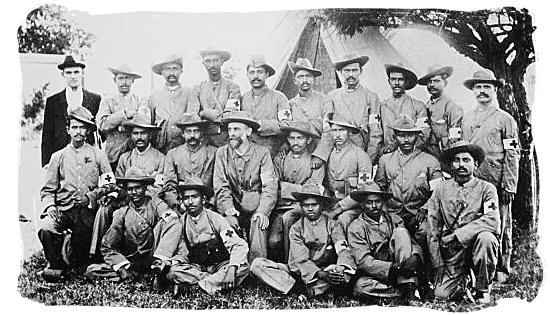
World renown Mohandas Karamchand Gandhi (Middle row, 5th from left), was a member of the Indian Ambulance Corps during the 2nd Anglo-Boer
City of Johannesburg South Africa History, Culture, Museums
Through all these years, Johannesburg was one of the main breeding grounds for radical
economic, social and political transformation in South Africa, especially after the 1976 student
uprising in Soweto.
The uprising was a turning point in the history of Apartheid, that would ultimately lead to
the first democratic elections in 1994 and the beginning of a new era. Today Johannesburg is a
true reflection the multi cultural "Rainbow" of the South African nation.
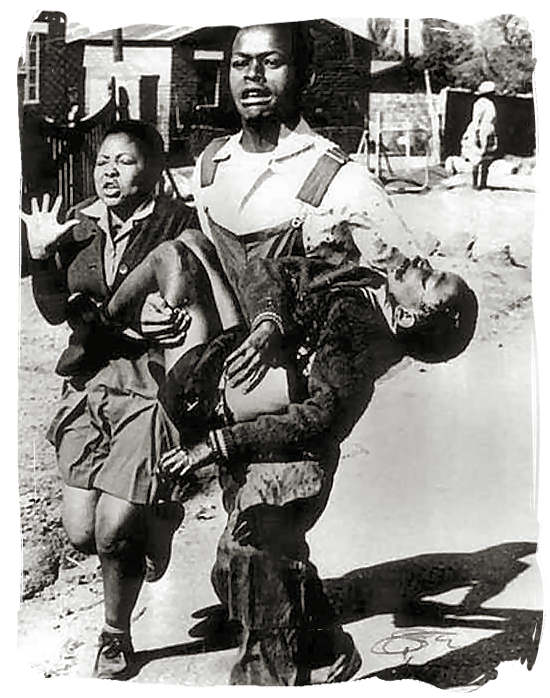
Famous photograph by Sam Nzima, showing a student carrying the body of 12 year old Hector Pieterson, one of the first casualties of the Soweto Uprising in 1976
City of Johannesburg South Africa History, Culture, Museums
Top of page
-
Home
›
-
South Africa's cities
›
-
Johannesburg
›
-
Johannesburg's history
